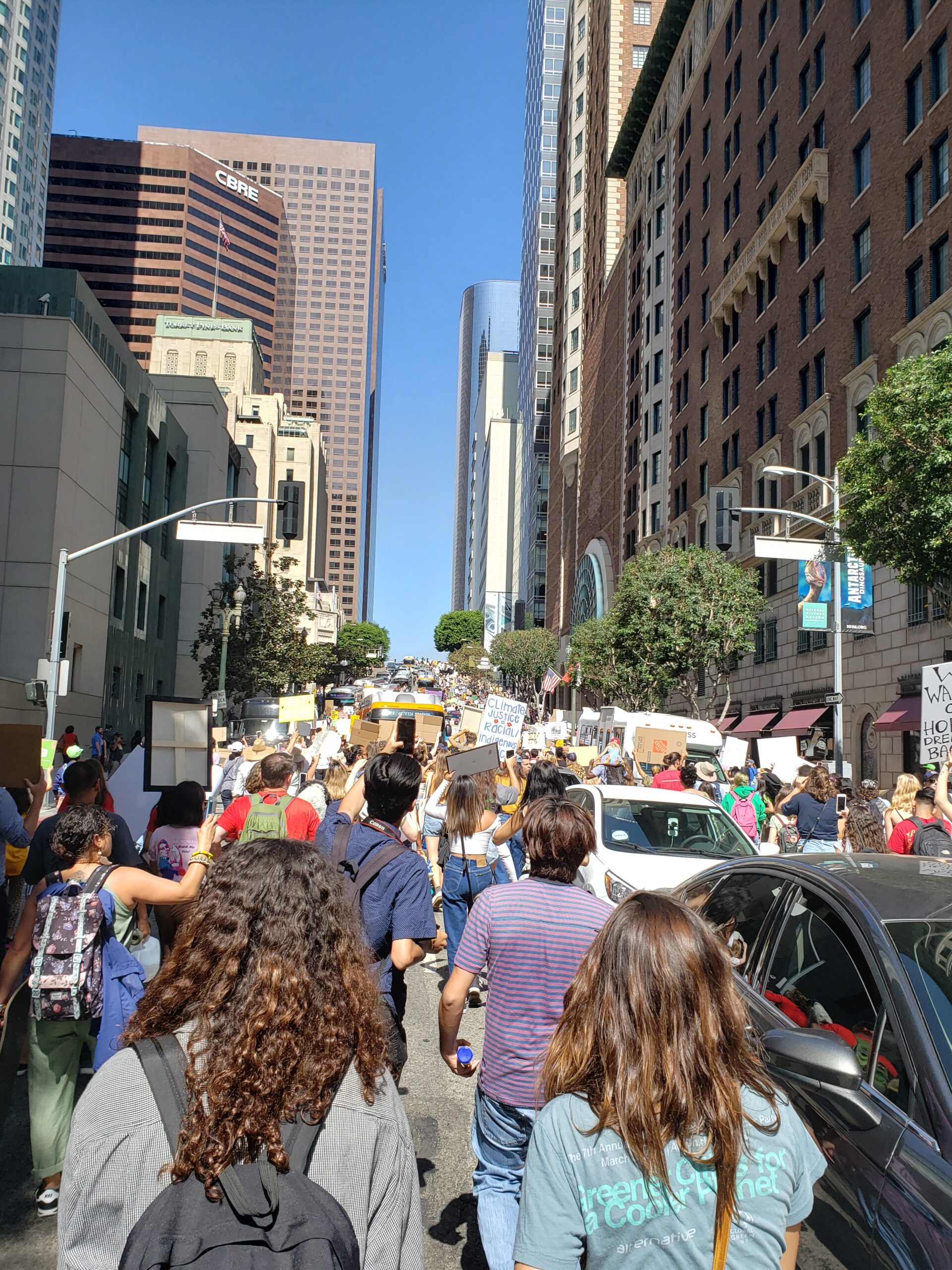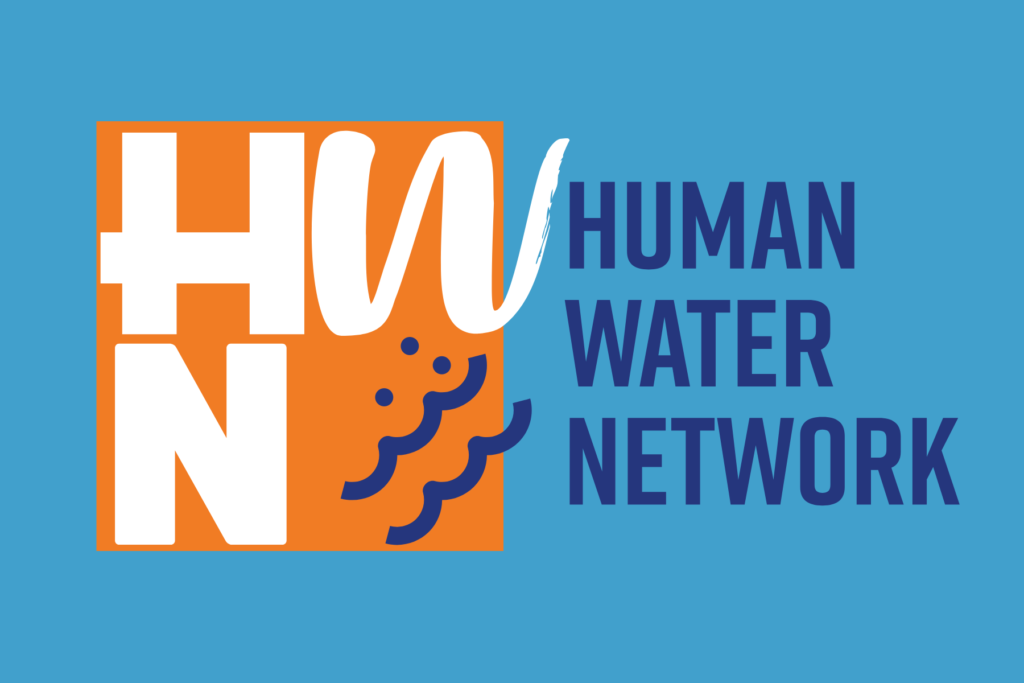Words to Action to Waves!
The Importance of Community Advocacy in Protecting Our Waterways
Waterways are the lifeblood of our planet. From oceans to rivers, lakes to wetlands, these ecosystems provide drinking water, support wildlife, offer recreation, and serve as critical components of the global environment. Unfortunately, our waterways are under increasing threat from pollution, climate change, and unsustainable practices. While government policies and large organizations play a significant role in water conservation efforts, the power of community advocacy cannot be underestimated. The impact is profound and long-lasting when people step up daily to become local waterways champions.
Why Do Waterways Need Protection?
Waterways are essential to both human life and biodiversity. They provide habitats for countless species, support agriculture, and are a source of livelihood for millions of people. Despite their importance, many waterways face severe degradation. Plastics, chemicals, and industrial pollutants contaminate rivers and oceans. Agricultural runoff leads to dead zones where marine life cannot survive. Urban development reduces the natural ability of wetlands to filter water and prevent floods.
These problems may seem overwhelming, but communities can make a difference. Protecting waterways starts locally, and community advocates play a vital role here.
The Power of Local Action
Community advocacy starts with recognizing that the health of local waterways impacts everyone. Whether it’s a river running through a neighborhood, a lake used for recreation, or the ocean itself, these bodies of water belong to the community. Protecting them requires everyone’s effort, especially local leaders who take action, raise awareness, and inspire others. Their role is crucial in setting an example and mobilizing the community towards a common goal.
Community advocates are essential because they can:
- Identify Local Issues: Each waterway faces its own set of challenges. Local advocates are best positioned to understand the unique threats to their community’s water sources, whether it’s industrial pollution, litter, or habitat destruction.
- Inspire Collective Responsibility: One of the most potent aspects of community advocacy is building a sense of shared responsibility. Advocates rally neighbors, schools, and local businesses to participate in cleanups, adopt sustainable practices, and reduce water waste.
- Hold Polluters Accountable: Advocates are often on the front lines, documenting pollution and holding industries or local governments accountable. By working with environmental groups and pushing for stronger regulations, they ensure that polluters are not allowed to harm community water resources without consequence.
How to Become a Community Advocate
Becoming a community advocate doesn’t require special qualifications—just passion and a commitment to making a difference. Here are some ways to get involved:
- Educate Yourself and Others: Start by learning about the threats to your local waterways. Research pollution sources, endangered species, and local conservation efforts. Then, share this knowledge through social media, community meetings, or by organizing educational events.
- Participate in or Organize Cleanups: Waterway cleanups are simple yet effective ways to make an immediate impact. Advocates can help organize beach, riverbank, or lakeshore cleanups, encouraging neighbors and friends to participate.
- Partner with Local Groups: Many environmental organizations are focused on protecting water. Partner with these groups to learn from their expertise and amplify their efforts in your community.
- Support Sustainable Practices: Advocacy doesn’t stop with cleanups. Encouraging sustainable behaviors, like reducing plastic use, supporting eco-friendly businesses, and pushing for green infrastructure projects, helps protect waterways in the long term.
The Ripple Effect of Advocacy
When individuals become advocates for waterways, they set off a ripple effect. Their efforts inspire others to care more about the environment, make more responsible choices, and take direct action. Over time, community advocacy can lead to fundamental changes, such as improved water quality, restored habitats, and more robust local environmental policies. These long-term benefits are the rewards of sustained community advocacy, motivating us to continue our efforts.
Waterways are the heart of every community. By becoming an advocate, you help protect not just the water but the wildlife, ecosystems, and people who depend on it. The future of our water is in our hands, and through collective, local action, we can ensure clean, thriving waterways for generations to come.






